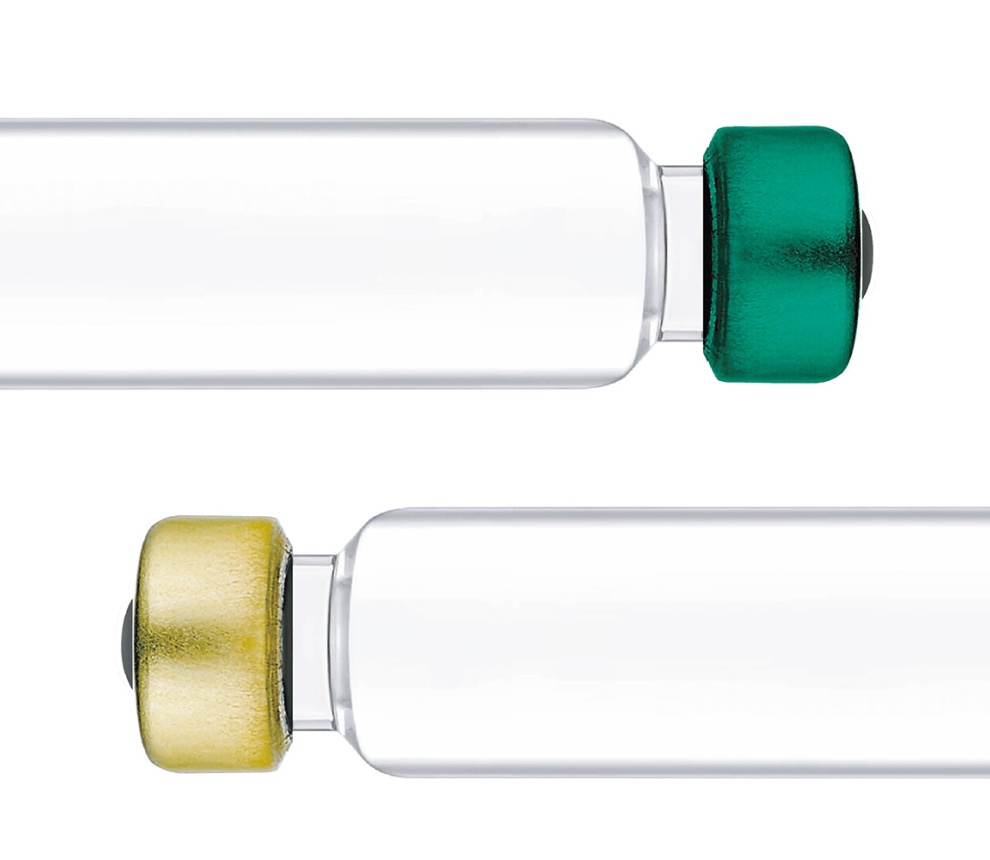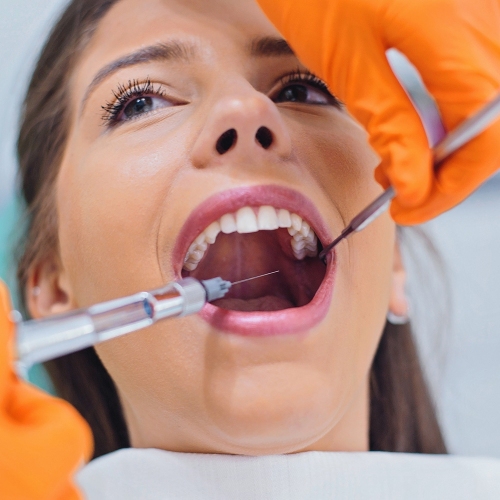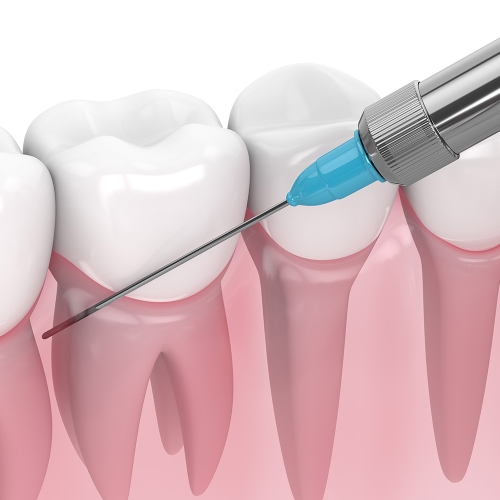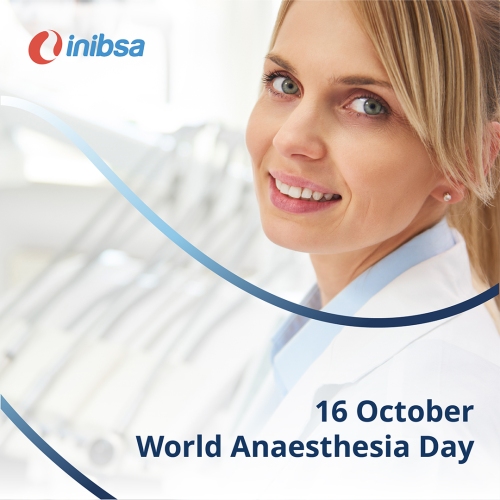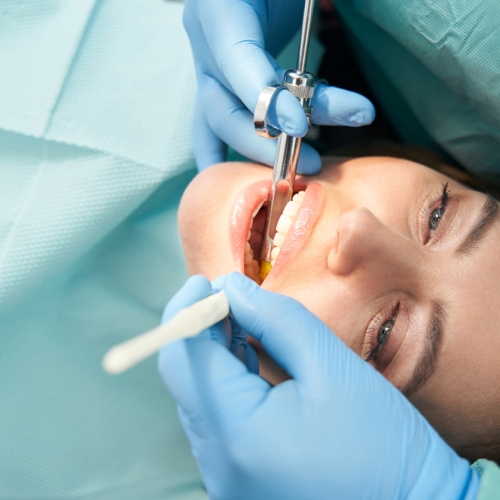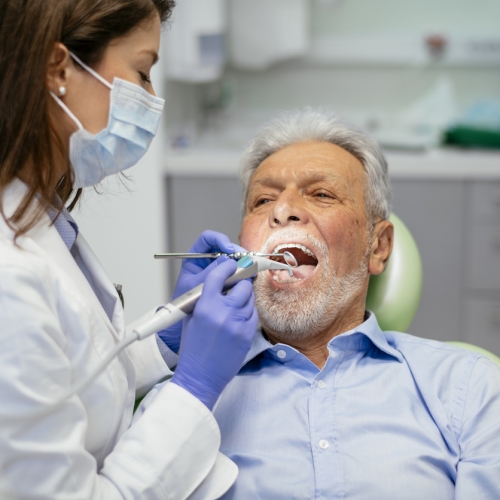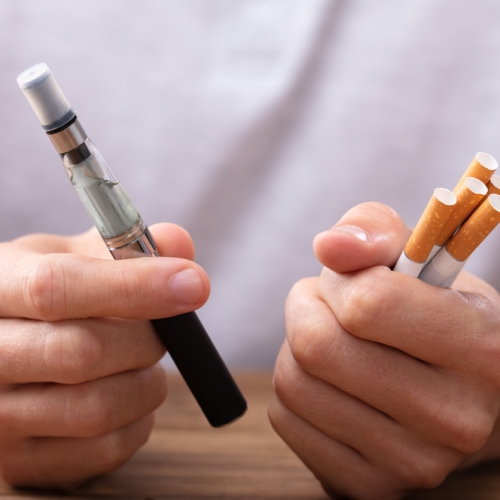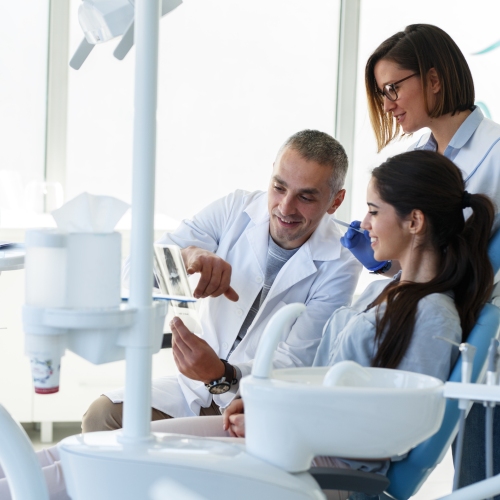LIDOCAINE AS THE GOLD STANDARD
EMERGENCE OF ARTICAINE
A recent study looking at the adverse effects produced by local anaesthetics concluded that articaine has the similar adverse event profile as lidocaine in dental procedures [5]. If both are safe, why is articaine gaining momentum over lidocaine? An increasing body of literature points to articaine as the more efficacious local anaesthetic when compared to lidocaine in dental procedures.
PHYSICAL AND CHEMICAL PROPERTIES: THE SUPERIOR PHARMACOLOGY OF ARTICAINE
Like lidocaine, Aaticaine is an amide local anaesthetic [7]. However, it possesses a thiophene ring in its structure that allows it to be more lipid soluble than lidocaine, making it easier to permeate soft and hard tissue than other anaesthetics. It also has a unique ester group that allows 90-95 percent of it to get metabolised in the blood plasma instead of the liver. Esterases in the blood hydrolyse it quickly after injection.
Due to this quick metabolism, the elimination half-life of articaine is also uniquely short when compared to lidocaine [7]. It is 27-29 minutes in adults, 27 minutes in geriatric patients, and 18-23 minutes in paediatric patients. This is of particular importance given the higher propensity for paediatric patients to experience an overdose from local anaesthetics due to their lower weight profile. This leaves children more vulnerable to seizure, unconsciousness, apnoea, hypoxia, low blood pressure, and bradycardia [8].
TACKLING THE SHORTCOMINGS OF LIDOCAINE WITH ARTICAINE
Due to its greater ability to permeate tissue, articaine has a wider breadth of applications in dentistry when compared to lidocaine.
Achieving anaesthetic effect by local infiltration of lidocaine in mandibular teeth is quite the challenge. The thickness of the mandible bone makes it difficult to infiltrate for most amide local anaesthetics, like lidocaine [9]. However, the unique structure of articaine grants it superior permeability into bone and tissue; therefore, articaine has higher maxillary infiltration than lidocaine [9]. In fact, it is well established that buccal infiltration with articaine increases the effectiveness of lidocaine-inferior alveolar nerve block (IANB) [10]. This is especially true in patients with symptomatic irreversible pulpitis where achieving an anaesthetic effect is difficult due to the acidified environment of the inflamed tissue [11].
Overall, the superior lipid solubility, shorter half-life and relatively faster onset time and longer duration position articaine to take over the local anaesthetic market and most probably move, sometime in the future, into lidocaine’s number one position worldwide.
REFERENCES:
1. https://pubmed.ncbi.nlm.nih.gov/32473767/
2. https://www.accessdata.fda.gov/drugsatfda_docs/label/2018/021381s006lbl.pdf
3. https://www.dentalcare.com/en-us/professional-education/ce-courses/ce325/local-anesthesia-and-pregnancy
4. https://www.jpsr.pharmainfo.in/Documents/Volumes/vol7Issue09/jpsr07091542.pdf
5. https://www.nature.com/articles/s41405-021-00082-5
6. https://www.nature.com/articles/s41415-021-2941-z
7. https://www.sciencedirect.com/science/article/abs/pii/S0099239915005014
8. https://www.ncbi.nlm.nih.gov/pmc/articles/PMC2149003/pdf/anesthprog00228-0005.pdf
9. khttps://www.sciencedirect.com/science/article/abs/pii/S1532338217300763
10. https://pubmed.ncbi.nlm.nih.gov/30174101/
11. https://www.sciencedirect.com/science/article/abs/pii/S0099239915006007
12. https://www.sciencedirect.com/science/article/pii/S0020653920365175
